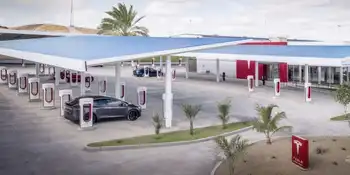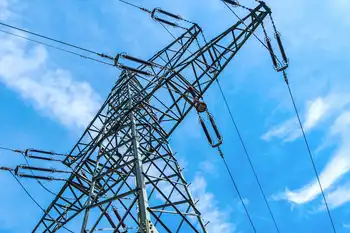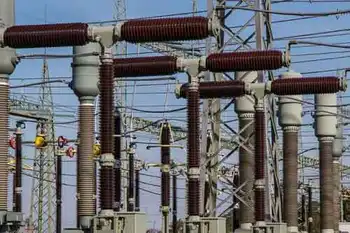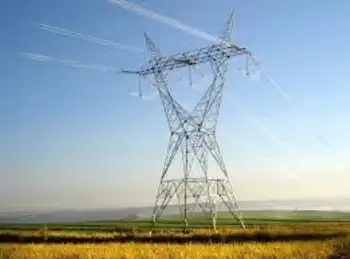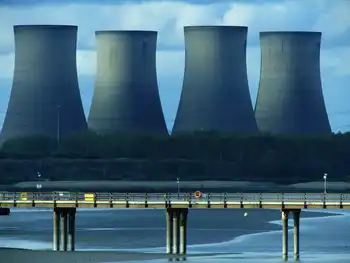Window closing on carbon-capture plan
By Toronto Star
Substation Relay Protection Training
Our customized live online or in‑person group training can be delivered to your staff at your location.

- Live Online
- 12 hours Instructor-led
- Group Training Available
Only four full-scale carbon-capture and storage projects are in operation around the world today, it said, and none of them involve coal-fired power plants, which are expected to remain a major source of greenhouse gas emissions in the coming decades.
Nobuo Tanaka, executive director of the energy agency, put it bluntly: "The window of opportunity is closing."
In Canada, Alberta and Saskatchewan are taking the lead on carbon capture and storage research, and while a handful of initiatives have been announced or are under discussion, even the most advanced project is seven years away, at best.
Meanwhile, G8 countries have said they will commit by 2010 to 20 large-scale demonstration projects with the goal of broad deployment by 2020. But rising costs, insufficient financing and a lack of regulatory support have created barriers to action and even led to some projects being cancelled.
"Current spending and activity levels are nowhere near enough to achieve these deployment goals," according to an agency report released yesterday at a conference in Paris. "If these demonstration projects do not materialize in the near future, it will be impossible for (the technology) to make any meaningful contribution to greenhouse-gas mitigation efforts by 2030."
Denise Heckbert, an energy analyst with New Energy Finance in London, said that where the Canadian government has fallen short with an investment of just $240 million toward a $1.4 billion "clean coal" project in Saskatchewan, the Alberta government is picking up the slack.
In July, Alberta Premier Ed Stelmach announced his government would devote $2 billion from budget surpluses this year toward major carbon capture and storage projects in the province. Most of those projects, however, are related to the capture of CO2 from oil-sands operations. The gas is liquefied and pumped underground as a way to extract even more oil.
"I think Canada is meeting its commitments through Alberta," said Heckbert, adding that this assumes the dramatic plunge in oil prices doesn't derail Stelmach's plan. "We'll have to see."
Capturing CO2 from coal-fired power plants, also known as "clean coal," is trickier because it requires a way to scrub the gas out of emissions, or remove it before combustion, so it can be collected in a concentrated form. It must then be transported through a pipeline to a geological formation, like a depleted oil field or a deep saline aquifer.
All of this is costly and untested, says the National Energy Board, which estimates that Canada's coal reserves are equivalent to its oil reserves. Currently about 13 per cent of power generation in the country comes from coal, but that number is expected to fall because of concerns over emissions.
Ontario, unlike Alberta and Saskatchewan, has decided to simply stop using coal instead of putting its faith in carbon-capture technology.
The need to move more quickly on climate change has the wind industry competing with fossil fuels for government support. The Canadian Wind Energy Association released its latest roadmap, which argues that the country "must ensure" wind energy supplies 20 per cent of national electricity demand by 2025.
Such a commitment, it said, would lead to $79 billion in investment, create 52,000 full-time jobs, and generate $165 million in annual revenues for Canadian municipalities. "What we now need is government to step up and come to the table with a regulatory environment that streamlines and aids the development process," said Robert Hornung, president of the association.
Heckbert said the plan for wind is ambitious and would require major investments in new power transmission and storage technologies. It's an investment the federal government might have made had Liberal leader Stéphane Dion, who announced plans to resign, won the election.
The re-election of Prime Minister Stephen Harper, Heckbert said, was "certainly a setback for emissions control" in Canada and puts more responsibility now on the provinces to act.





